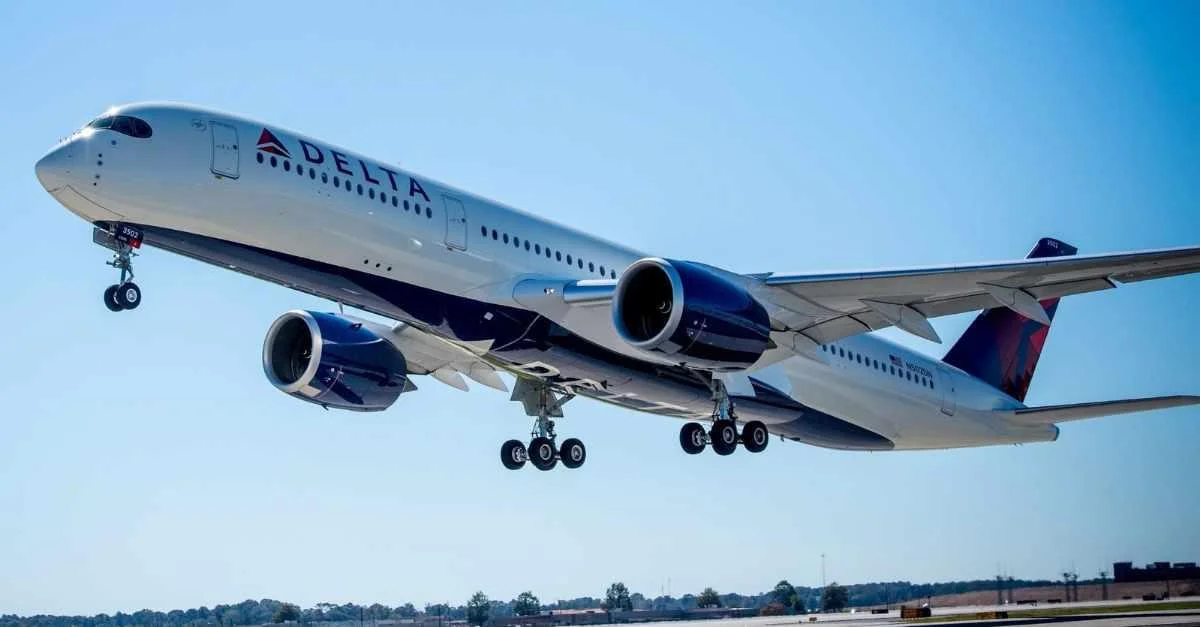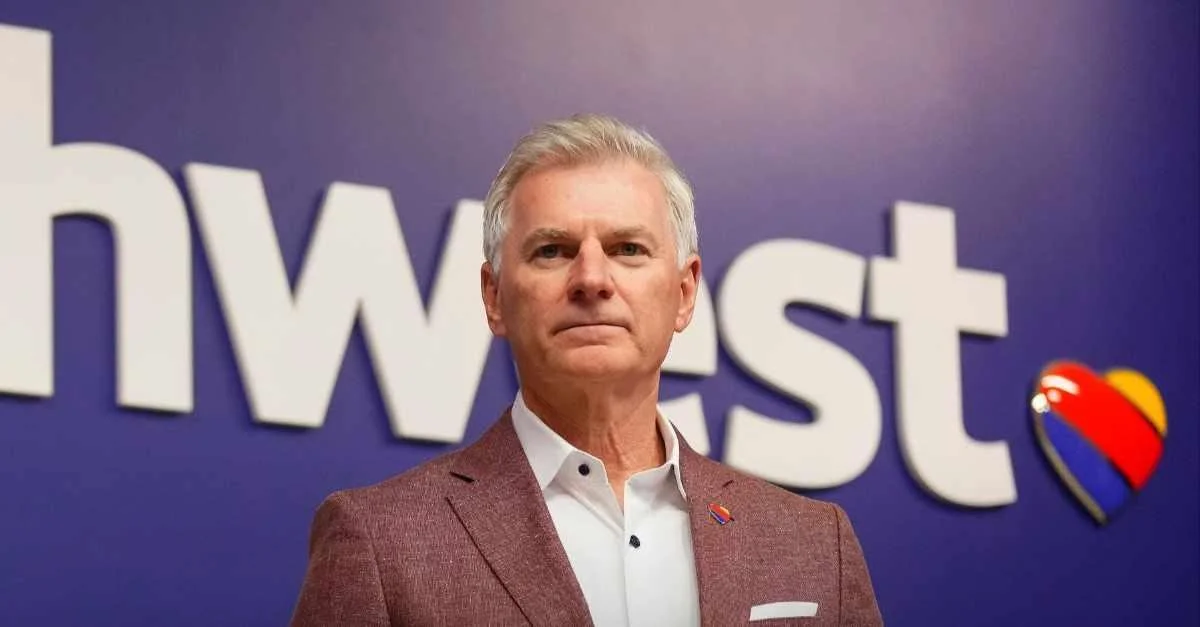United Airlines saw a 3.8% increase in passenger numbers, reaching 40.8 million, with a capacity growth of 4.9% in available seat miles (ASM). Despite this growth, load factors dropped from 80.1% in the previous year to 79.2% due primarily to a decline in domestic load factors. International flights saw an improvement, with load factors rising to 77.8%, suggesting increased popularity of destinations such as Southern Europe.
Scott Kirby, CEO of United Airlines, reaffirmed the airline's post-pandemic strategy to "build the best airline in the world" as part of the ‘United Next’ plan. He praised employees for executing this plan, which he says has allowed the company to thrive regardless of demand fluctuations. "It has given us industry-leading margins in the good times and we expect to expand our lead further in challenging economic times. Our ability to win brand-loyal customers and the resiliency of our business is a competitive advantage, and we are accelerating our investments in our product, service, technology, and experience to further expand that lead."
Additionally, United Airlines increased its fleet by 76 aircraft between the end of the first quarter of 2024 and 2025. The carrier's capacity grew by 4.9% year-over-year.
Despite yield improvements being modest, the average yield per revenue passenger mile (RPM) rose slightly from 19.70¢ to 19.93¢. Total revenue per ASM increased 0.5% year-over-year to 17.58¢. However, the average stage length saw a decline of 1.8%.
Amidst these financial developments, the airline's cost per ASM decreased by 3.4%, with the exception of fuel-related costs. The decrease in expenses was primarily due to a reduction in fuel prices, with United paying an average of $2.53 per gallon, a 12.2% drop from the previous year.
The airline is taking proactive measures for the coming quarters by cutting domestic capacity by 4% and optimizing asset utilization by reducing flights during off-peak days. Kirby also announced the early retirement of 21 aircraft, a decision that is expected to yield cash-positive outcomes by avoiding over $100 million in engine overhauls.
United's guidance for the full year estimates an adjusted diluted earnings per share ranging from $11.50 to $13.50 in a stable climate, or $7 to $9 in a recessionary scenario. For the second quarter, EPS is projected between $3.25 and $4.25. Full-year capital expenditures are projected to be less than $6.5 billion, a downward revision from the previous guidance.
 Alerts Sign-up
Alerts Sign-up




































